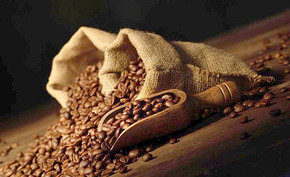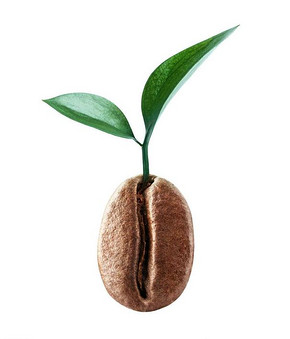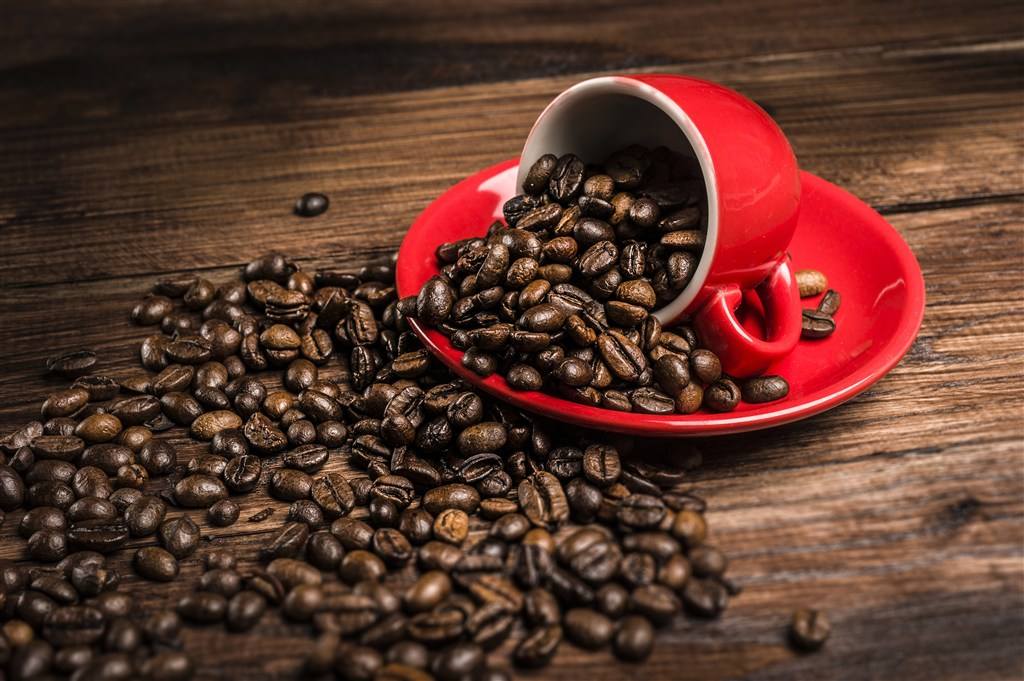Colombian coffee is a business card of this country.
Follow the caf é (Wechat official account vdailycom) and found that Beautiful Cafe opened a small shop of its own.
Colombian coffee plantations are mainly concentrated in the "Coffee Golden Triangle", that is, the triangle formed by Medellin, Armania and Manizarez. The coffee produced here accounts for the largest proportion of the national output and the best quality in Colombia.
A friend who works at the Colombian Coffee producers Association told me that another duty of the association is to strictly control the export of coffee, "as long as the quality does not meet high standards, products are not allowed to be exported." Maybe for Colombians, coffee is a business card of the country.
In Colombia, almost all coffee plantations are opened along the highlands of the mountains, and we drove into the mountains for a long time to reach our destination, the Agrado Coffee Farm. John, who received me, was a tall and handsome young man who was in charge of technical and management work here. He told me that the word "coffee" comes from the Greek word "Kaweh", which means "strength and passion". He said that although there is no specific record, it is now widely believed that Africa is the hometown of coffee, and when African slaves are sold to places such as Yemen and the Arabian Peninsula, coffee is taken to various places along the way. The history of coffee cultivation in Colombia can be traced back to the Spanish colonial era in the 16th century: some say it came from the island of the Caribbean and by water through El Salvador in Central America; others say that coffee beans were first introduced to Colombia by a priest from the French Antilles via Venezuela.

John took me to the shade of the manor. There, several little girls have prepared tables, chairs, utensils and other equipment, waiting for me to taste the coffee. They use different utensils to brew coffee, and let me taste it and compare it: the traditional filter paper method can taste the soft acidity of coffee; the siphon pot brewing method can more fully understand the characteristics of coffee; and the syringe pressure law squeezes out all the essence of the coffee, making it more mellow. In addition, they also showed me exquisite coffee utensils, as well as skillful coffee art such as washing and ironing cups.
Walking into the coffee plantation, I saw a lush green dotted with bright red coffee beans. John told me that the fruits would be shelled and soaked for another 18 hours after picking. The fruit of good quality will sink into the water, while those floating on the surface will be removed, fermented together with the shell and used as fertilizer. Colombia attaches great importance to environmental protection, and all recyclable materials are never wasted. In the end, the remaining coffee beans have to go through the steps of sun drying, air drying and screening.
Such a complex and delicate process makes the roasted Colombian coffee exudes a light and elegant aroma, which is not as warm and intense as Brazilian coffee, nor sour like African coffee, but a sweet fragrance with gentlemanly elegance and soft and smooth taste, so Colombian coffee is also called "green gold".
Preservation methods of coffee beans
The preservation of coffee is very important. No matter how expensive the coffee is, it will lose its flavor if it is not preserved properly. The shelf life of coffee beans in vacuum packaging is 24-28 months, and the vacuum packaging of aluminum foil for coffee is 12 months. But if you want to really enjoy a good cup of coffee, it is recommended that within 1 month after baking is the best time to taste it. It is best to start grinding coffee beans when they are in use. Do not grind too much at one time, because the area of coffee powder in contact with air increases and is more likely to oxidize or deteriorate than coffee beans.
Because the coffee bean is made up of fine fibrous tissue, the fiber cells are destroyed and the aromatic gas is released during the grinding process. Therefore, in order to make a cup of delicious coffee, the grinding process is very important. Grinding should pay attention to uniform particle size, so that each coffee powder can be fully and evenly extracted from each coffee powder to make a cup of coffee with an ideal taste. The standard of grindability of coffee beans depends on the brewing method and the coffee utensils used.
Important Notice :
前街咖啡 FrontStreet Coffee has moved to new addredd:
FrontStreet Coffee Address: 315,Donghua East Road,GuangZhou
Tel:020 38364473
- Prev

Introduction of Antioquia Coffee Bean varieties in Colombia Excelso EP
Following Cafe Review (Wechat official account vdailycom) found that Beautiful Cafe opened a small shop of its own Colombian Coffee profile: the world's second largest coffee producer after Brazil. Is the leader in the country that produces Colombian mild. The name of origin has become a well-known name for coffee, such as Medellin, Manizarez, Bogota, Almenia and so on.
- Next

Rwanda has unique conditions for growing Arabica coffee.
Follow the caf é (official Wechat account vdailycom) and find that Rwanda is the only country in the world that can fully enjoy the harmony between soil, altitude and climate. Rwanda has unique conditions for growing Arabica coffee, fertile volcanic soil, adequate rainfall and suitable temperature all year round.
Related
- Detailed explanation of Jadeite planting Land in Panamanian Jadeite Manor introduction to the grading system of Jadeite competitive bidding, Red bid, Green bid and Rose Summer
- Story of Coffee planting in Brenka region of Costa Rica Stonehenge Manor anaerobic heavy honey treatment of flavor mouth
- What's on the barrel of Blue Mountain Coffee beans?
- Can American coffee also pull flowers? How to use hot American style to pull out a good-looking pattern?
- Can you make a cold extract with coffee beans? What is the right proportion for cold-extracted coffee formula?
- Indonesian PWN Gold Mandrine Coffee Origin Features Flavor How to Chong? Mandolin coffee is American.
- A brief introduction to the flavor characteristics of Brazilian yellow bourbon coffee beans
- What is the effect of different water quality on the flavor of cold-extracted coffee? What kind of water is best for brewing coffee?
- Why do you think of Rose Summer whenever you mention Panamanian coffee?
- Introduction to the characteristics of authentic blue mountain coffee bean producing areas? What is the CIB Coffee Authority in Jamaica?

